GUATEMALA - MAY 2008

May 5 - Guatemala City
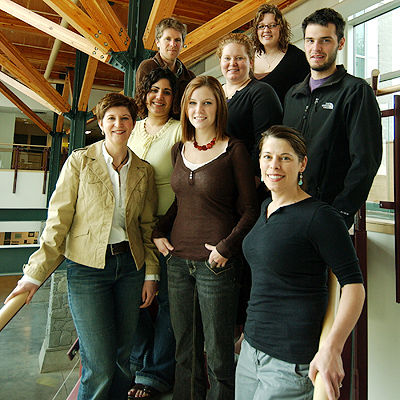
University of Northern British Columbia participants in the Guatemala 2008 delegation:
(front row, left to right) Dr. Catherine Nolin; Kristen Fewster; Claudette Bois;
(middle row, left to right) Anisa Martin; Katherine Carlson;
Andrew Cohrs;
(back row, left to right) Nathan Einbinder; Ashleigh Desbiens;
(missing: John-Paul Laplante and Veronica Haddon, teaching assistant).
(Photo credit: Rob van Adrichem, UNBC)
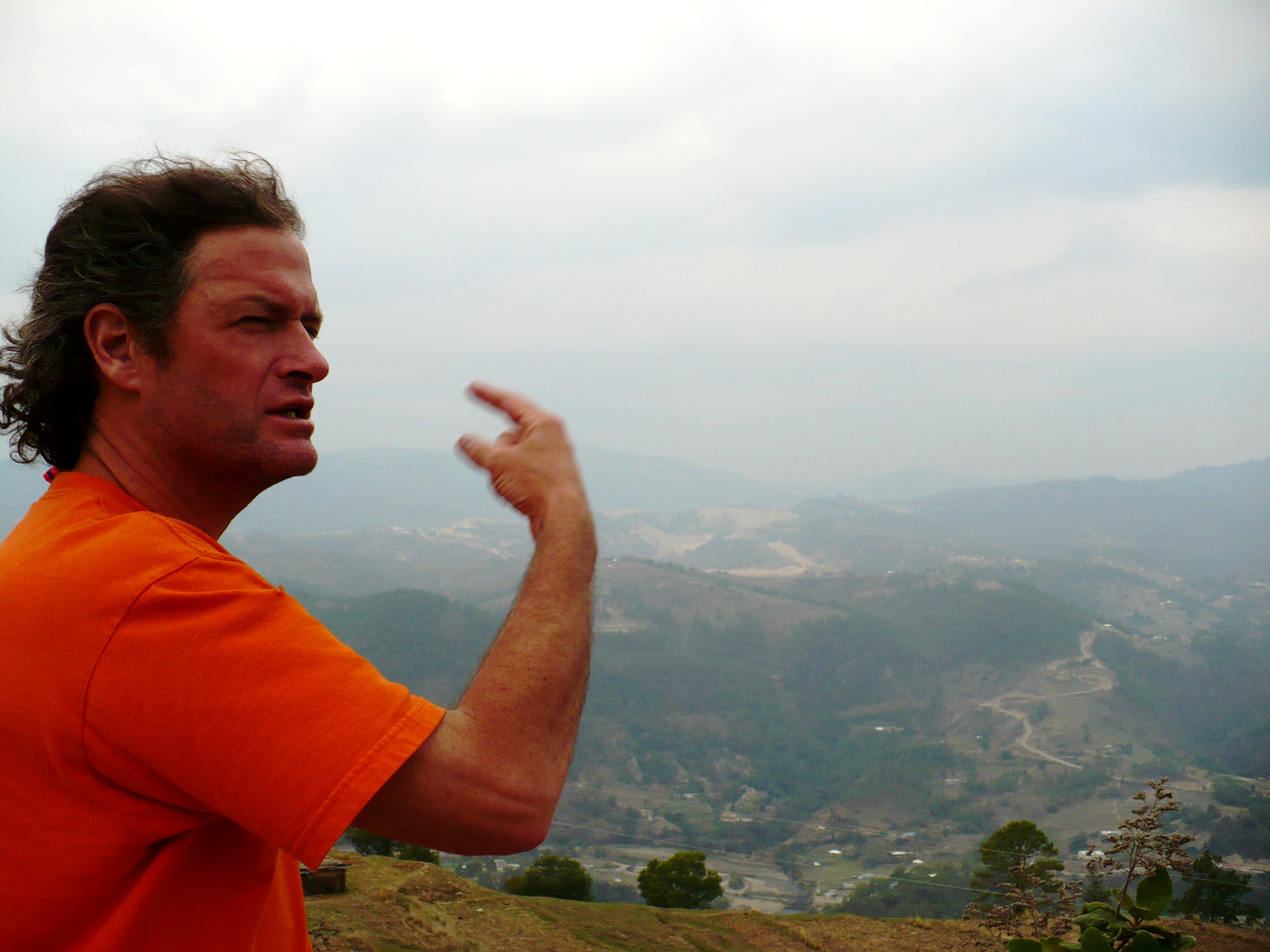
Grahame Russell of Rights Action , an NGO which funds community-controlled development, environmental and human rights and relief projects in Central America. Rights Action leads several delegations of North Americans to Central America to inform and address issues of racism, repression, global exploitation, and environmental destruction.
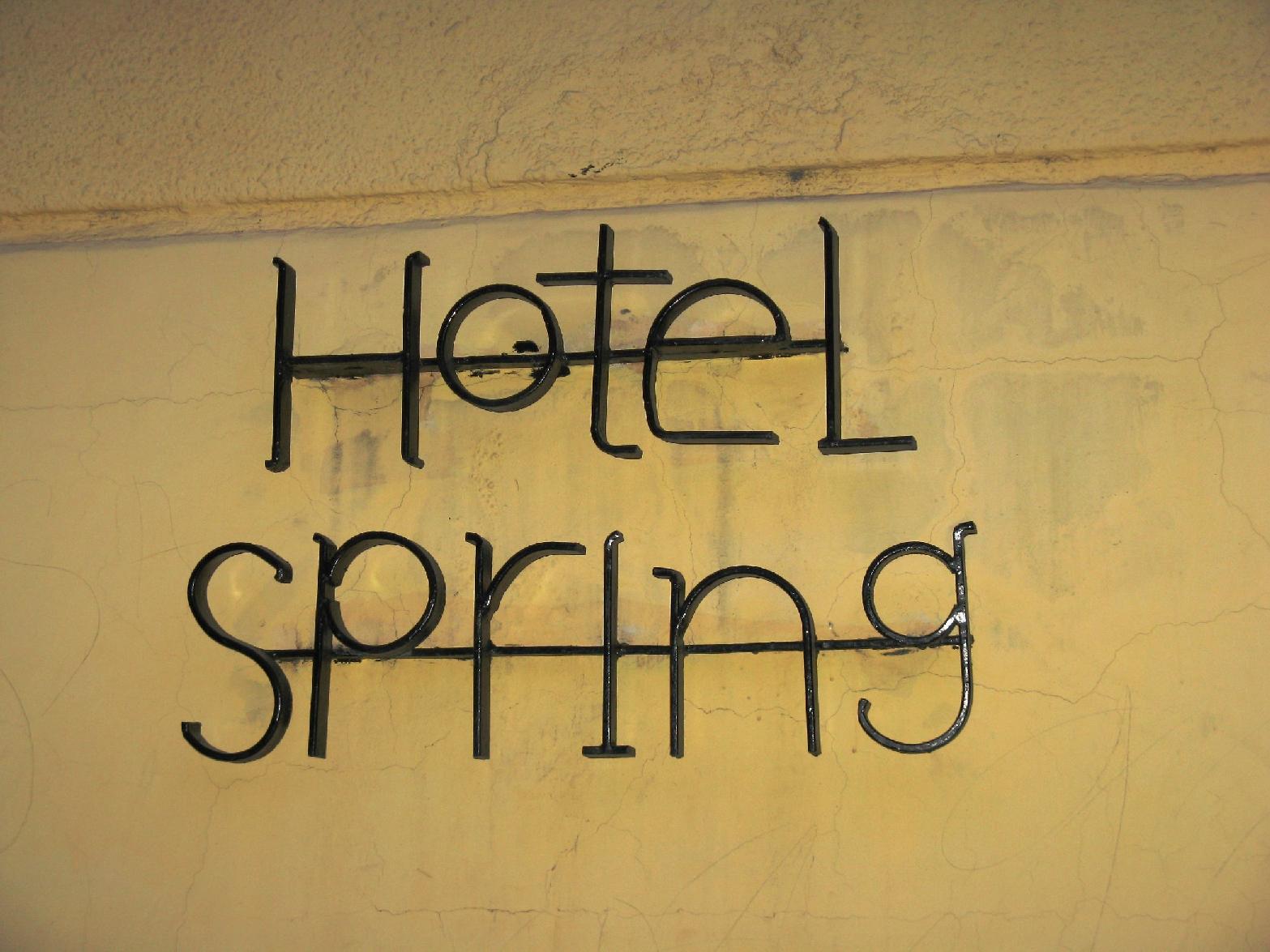
We arrived late on May 4th and proceeded to Hotel Spring, a nice oasis in Guatemala City. Behind the closed gates, a new traveler
to Central America, like me, can feel removed from the busy urban surroundings.
(Photo credit: JP Laplante)
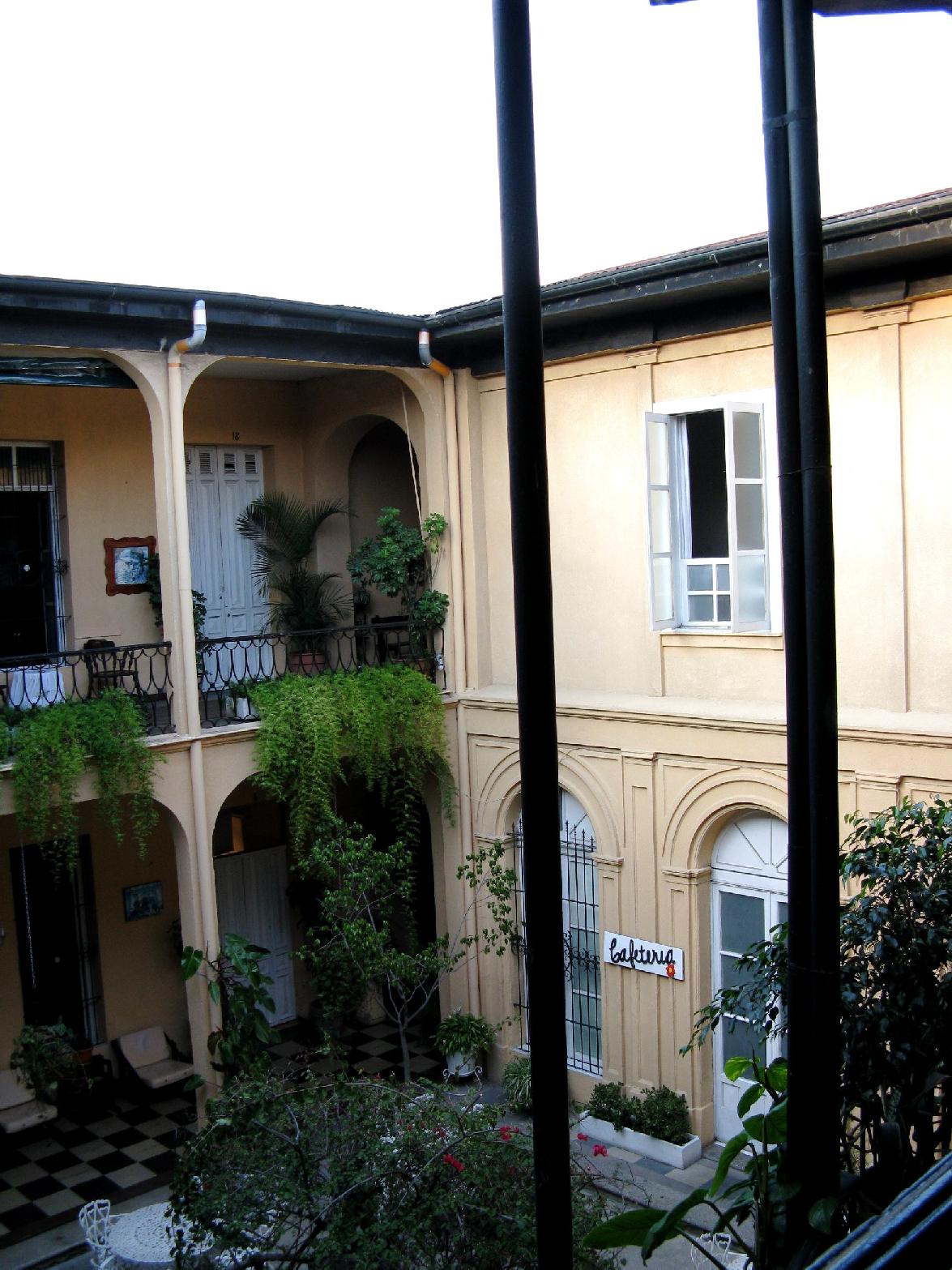
Early on the morning of May 5th. The courtyard of Hotel Spring reveals the cafeteria where we enjoyed a traditional Guatemalan
breakfast complete with refried beans, scrambled eggs, toast, and coffee all prepared by a very patient woman who smiled as I pointed to the menu (an embarrassing
gesture which helped me order many a meal). This courtyard would soon be bustling with our delegation.
(Photo credit: JP Laplante)

Monsenõr Juan Gerardi was responsible for overseeing the Recuperation of Historic Memory (REMHI) project, a record of testimonials given by the survivors of the 36 year internal armed conflict which includes the genocide of the early 1980's. The REMHI project originated due to the limitations of the Truth Commission, an outcome of the 1996 Peace Accords which emphasized that the citizens of Guatemala had a right to the "full truth" of the events which occurred during the 36 year internal armed conflict (REHMI, 1999). The REHMI report was released on April 24th, 1998. On April 26th, Monsenõr Juan Gerardi was murdered in the garage his home. This memorial stands across from the San Sebastian Church. Recuperation of Historic Memory (REMHI) report: Guatemala Never Again (inset) was published in 1998.
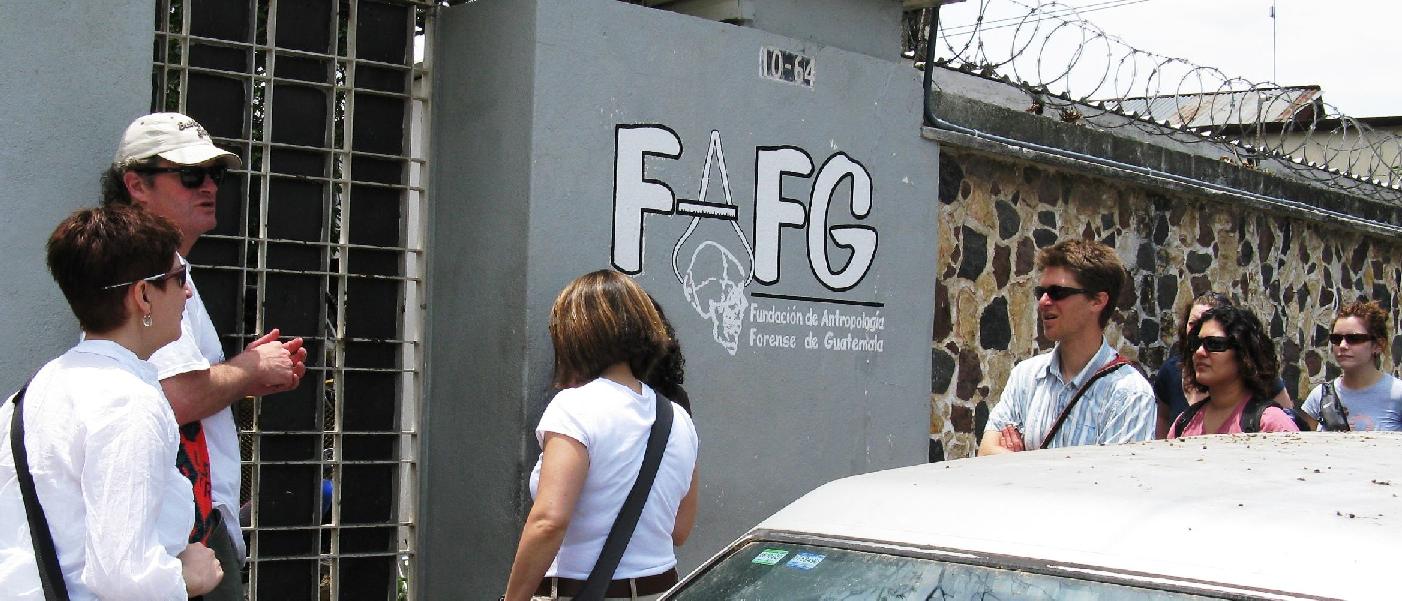
We arrived at the office of the Guatemalan Forensic Anthropology Foundation (FAFG) to meet with Fredy Peccerelli and tour the facility. Since 1992, the FAFG have performed exhumations across Guatemala. There are three types of exhumations: (1) closed cases which are massacres carried out in front of the community; (2) open cases occurring on former military bases where targeted victims were transported, killed, and dumped into mass graves, generally wells; and (3) forced disappearances. Exhumations begin with a request by a community which was impacted by the State terrorism and genocide of the past, involves digging up the remains of victims usually from mass graves, and determining - when possible - the cause of death and identity. Exhumations serve three very important purposes: (1) every exhumation initiates criminal proceedings to determine cause of death and who committed the crime; (2) once completed, remains are returned to surviving families who bury their loved ones in a traditionally acceptable way; and (3) empowering the communities by allowing them to rebuild following the burial ceremonies. (Photo credit: JP Laplante)

Technicians at work in the FAFG laboratory.

An exhumed human skeleton. Often a complete skeleton provides more physical details which increases the possibility of identification. For example, this individual had a curved spine which allowed a positive identification when coupled with descriptions provided by surviving family.

A technician demonstrates the cause of death - blows from a machete to the skull causing subsequent radial fractures.

Another victim - an intact tourniquet reveals the cause of death.
(Photo credit: Catherine Nolin)

The remains of 1300 skeletons which have undergone the identification process.

This individual was number 16 in a mass grave exhumed in Estrella Polar, near Chajul in the department of Quiche.
(Photo credit: Catherine Nolin)

The 69th victim exhumed from the decommissioned military base near Rabinal. The 2004 UNBC delegation had the opportunity to meet with the FAFG while they exhumed remains from this well.
(Photo credit: Catherine Nolin)

A memorial quietly sits in the corner of the FAFG laboratory.

During the walk back to the Hotel Spring from the FAFG, we met with women camped outside of the former National Palace in protest of illegal adoptions common to Guatemala. These women, who have not eaten in 8 days, have lost their own children to abduction. Commonly children are abducted for adoption or, more horrifically, some allege for internal organs. The sign reads "Solidarity. Give us your support to recover our daughters. Sign the book of solidarity". Several hundred signatures were given.
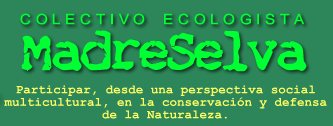
In the afternoon we met with Magali Rey Rosa, an environmental/development activist, who worked with the environmental and human rights organization Madre Selva for several years. Magali is also the founder of SABIA - Forum for Ecological Thinking and writes an independent column for the paper Prensa Libre. Magali discussed the difficult consequences of resource development and the impacts on indigenous Mayan communities including the lack of appropriate consultations, the extent of land concessions given to mining companies for exploration, the extent of environmental destruction via mining, oil, and forestry, and the escalating frustration of the indigenous population. "Now the war is against nature. Indigenous people are more connected to Mother Earth so how can we be talking about selling our Mother?"
